Space of influence does not mean control
Unlike the classical hegemonic model, Russia cannot (and cannot) exert total control over its neighbors as it did during the Soviet era. However, its influence is still present through four main axes:
(1) The educational system, law, language and administrative thinking in many countries still bear the Russian/Soviet mark.
(2) The Russian, ethnic Russian, and post-Soviet diaspora communities continue to create informal transnational channels of influence.
(3) Infrastructure and economic- security dependencies: Especially in the fields of energy, transportation and defense.
(4) Hard-soft power strategies: From military presence (as in Armenia, Belarus, Tajikistan) to soft influence tools through media and culture.
However, influence does not equate to trust. On the contrary, fear of Russia’s intentions increases with historical and geographical proximity. Countries that are more closely connected to Russia are increasingly seeking to “expand their options,” through cooperation with Turkey, China, the West, or even multilateral organizations such as BRICS.
Analysts say that a special feature of Russia’s case is the phenomenon of “proximate superpower”. Unlike the US, which is geographically isolated and has no strong neighbors, Russia shares a long border with many small, weak countries, but which are often suspicious. This gives rise to a special kind of strategic tension: small countries always feel threatened by the possibility of intervention, while Russia feels surrounded by the intention to disengage and cooperate with the outside.
The fear comes not only from history but also from reality: Russia has used hard power in Georgia (2008), Ukraine (from 2022 to now) and has had significant influence in the Armenia-Azerbaijan crisis. Therefore, no matter how well-intentioned, Moscow can hardly convince its neighbors that it is a “normal partner”.
Russia does not have easily defensible natural borders like the US or the UK. With open continental borders, and stretching across many unstable regions, security control cannot be achieved purely by military means, but must rely on socio-political influence in the surrounding space.
At the same time, the ethno-social structure within Russia prevents the erection of a complete barrier. Cutting off from the post-Soviet space would not only be a geopolitical breakup, but also entail the risk of internal fragmentation – with Russians, Tatars, Dagestani, Bashkirs, Chechens or Central Asian migrants forming layers of cross-border connections, both culturally and economically. This is not only a security issue, but also a question of the existence of the Russian Federation.
From asymmetry to soft balance
Türkiye’s presence in the Caucasus or Central Asia cannot overshadow Russia’s traditional role, but it is enough to create soft leverage for smaller countries in negotiations with Moscow. This is a typical example of “soft balancing” strategy: not directly confronting the central power, but seeking to enrich strategic options by encouraging the participation of third parties.
However, Türkiye is not the only actor. Over the past decade, the increasingly visible presence and influence of the United States, the European Union (EU) and especially China have changed the power structure in the post-Soviet space. While the United States focuses on military assistance, training and security cooperation with countries such as Georgia, Ukraine, Moldova and some Baltic countries, mainly to contain Russia's military-strategic influence; the EU invests heavily in institutional reform, infrastructure and trade, especially through the "Eastern Partnership" policy - a soft but long-term mechanism to gradually integrate countries such as Ukraine, Moldova and Georgia into the European space, not geographically, but in terms of operating model.
China is making inroads in a different direction: primarily through economic power and strategic investments, especially in Central Asia. Beijing has avoided direct confrontation with Russia but has expanded its influence through the Belt and Road Initiative, energy projects, and the growing role of the Shanghai Cooperation Organization (SCO).
The result is a post-Soviet space that is no longer Russia’s exclusive “backyard”, but has become a multipolar arena of competition for influence. Countries in the region, especially small and vulnerable ones, are increasingly proactive in “diversifying” their partners – not to cut off Russia, but to avoid absolute dependence. This makes the network of relations in the region more multidimensional and complex than ever: Russia is no longer the sole hub, but remains an indispensable axis. Countries in the region seek to expand their strategic margins without completely breaking ties with Moscow. New links with China, Turkey, the EU or the US are tactical and flexible in nature, and are often used as tools to create bargaining power in larger strategic circles.
In this context, diplomacy becomes the central tool, and any foreign policy solution requires ingenuity, considering interregional and long-term consequences. Unilateral or one-way solutions no longer exist, even with a power like Russia.
It is clear that the post-Soviet space has become more complex in recent years, where Russia’s influence will persist but its control has diminished. Any effective foreign policy in the region must stem from a deep understanding of the insecurities of small states, the openness of the geographical space, and the limits of the Russian state structure itself. Long-term stability can only come when Russia moves from a mindset of “protecting influence” to a mindset of “managing relationships,” where power is expressed not through its ability to coerce, but through its reliability as a regional partner.
Hung Anh (Contributor)
Source: https://baothanhhoa.vn/khong-gian-hau-xo-viet-va-nghich-ly-anh-huong-cua-nga-253898.htm


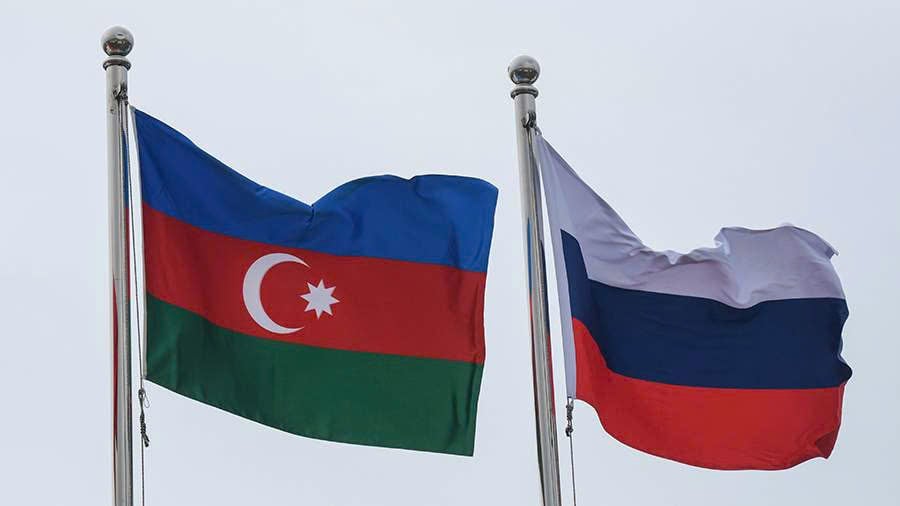

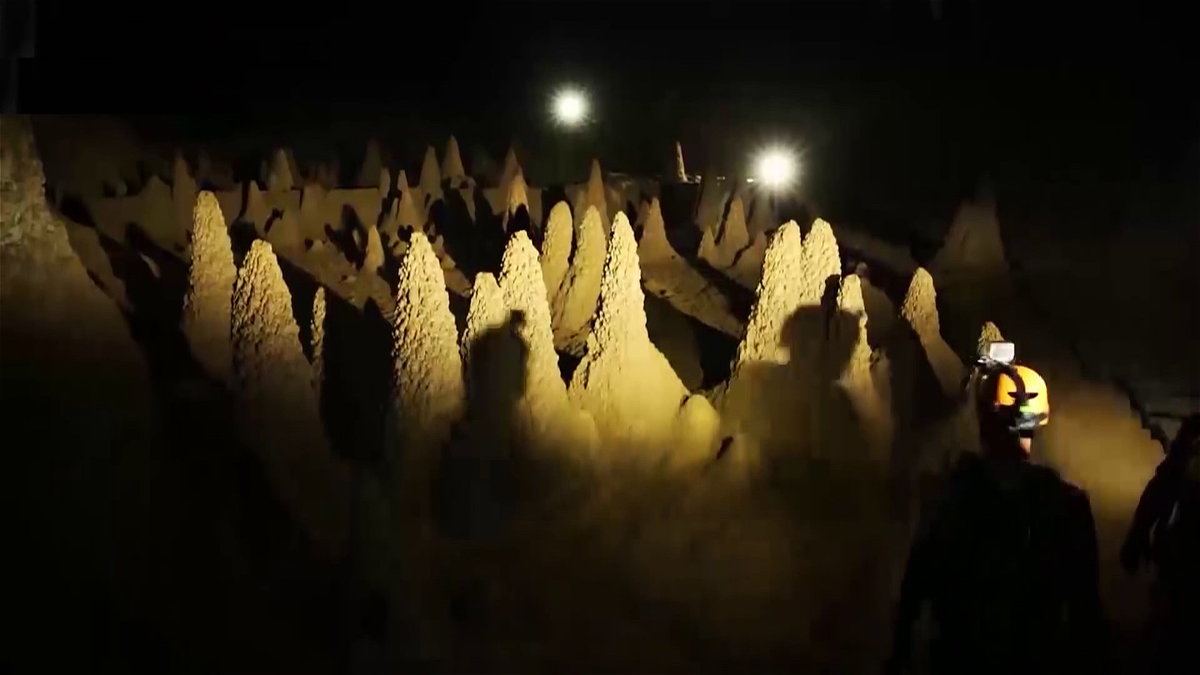
![[Photo] Prime Minister Pham Minh Chinh launched a peak emulation campaign to achieve achievements in celebration of the 14th National Party Congress](https://vphoto.vietnam.vn/thumb/1200x675/vietnam/resource/IMAGE/2025/10/5/8869ec5cdbc740f58fbf2ae73f065076)

![[Photo] Prime Minister Pham Minh Chinh chairs the Government's online conference with localities](https://vphoto.vietnam.vn/thumb/1200x675/vietnam/resource/IMAGE/2025/10/5/264793cfb4404c63a701d235ff43e1bd)

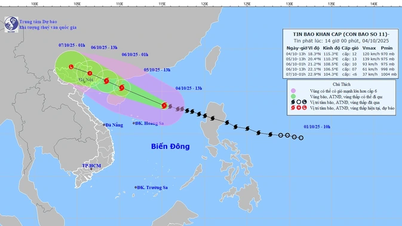

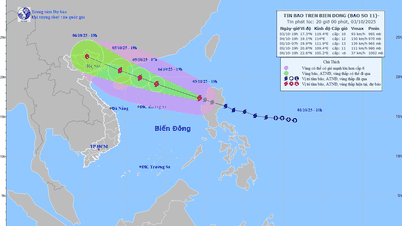

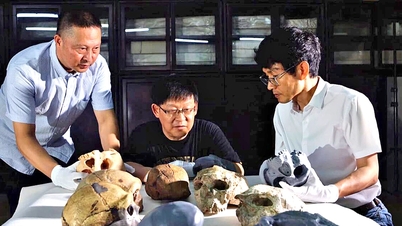





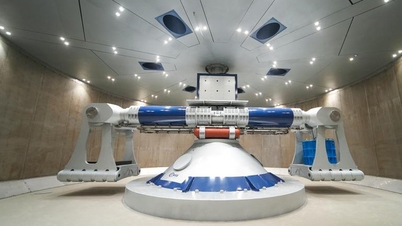


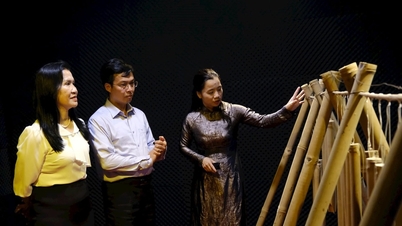

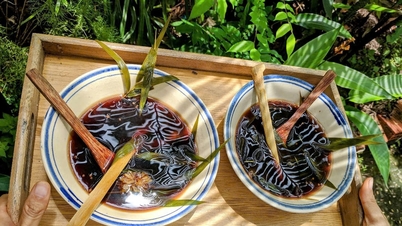

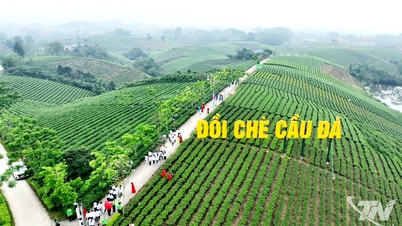


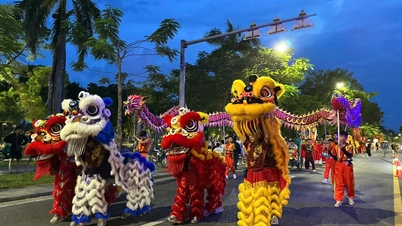


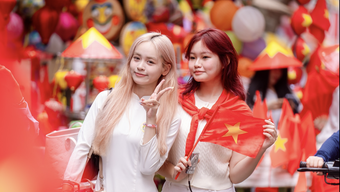










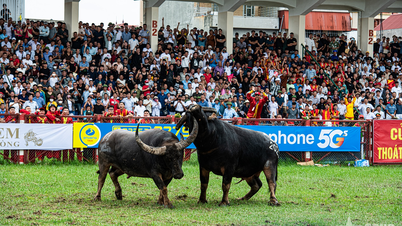



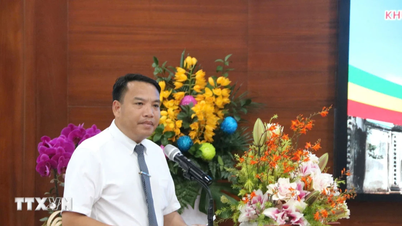
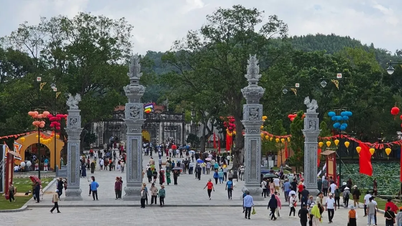


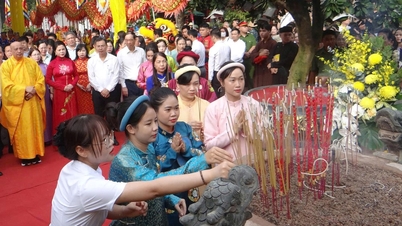

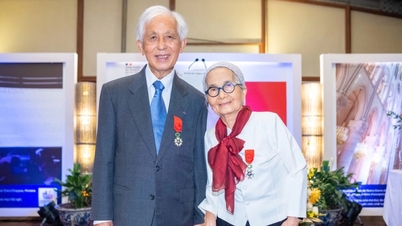

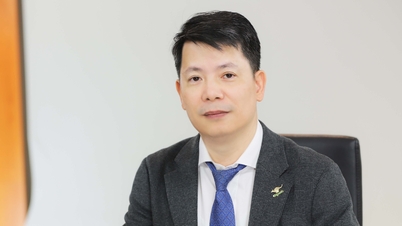

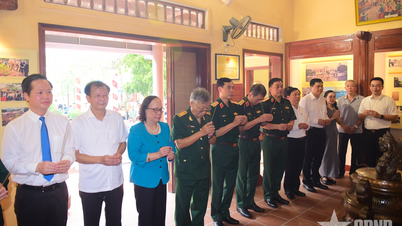
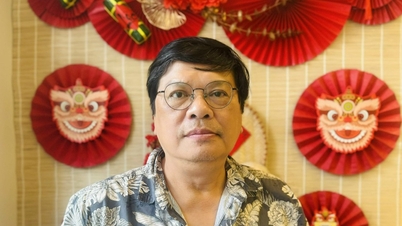


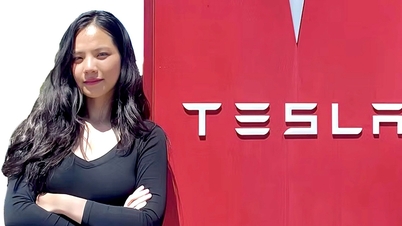




![[VIDEO] Summary of Petrovietnam's 50th Anniversary Ceremony](https://vphoto.vietnam.vn/thumb/402x226/vietnam/resource/IMAGE/2025/10/4/abe133bdb8114793a16d4fe3e5bd0f12)
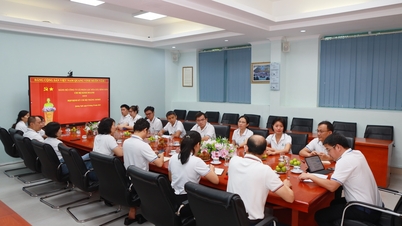
![[VIDEO] GENERAL SECRETARY TO LAM AWARDS PETROVIETNAM 8 GOLDEN WORDS: "PIONEER - EXCELLENT - SUSTAINABLE - GLOBAL"](https://vphoto.vietnam.vn/thumb/402x226/vietnam/resource/IMAGE/2025/7/23/c2fdb48863e846cfa9fb8e6ea9cf44e7)
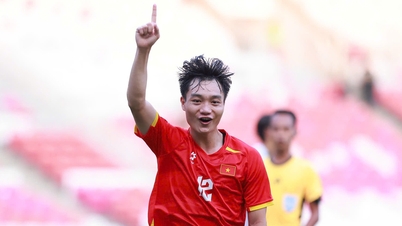
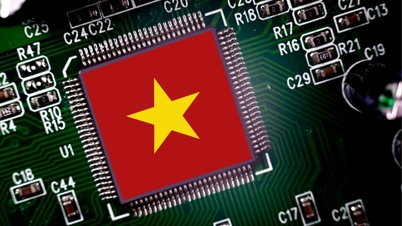
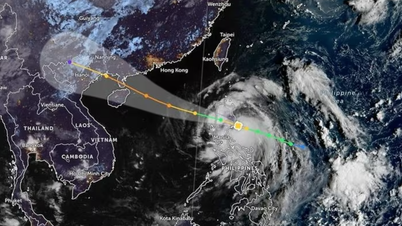
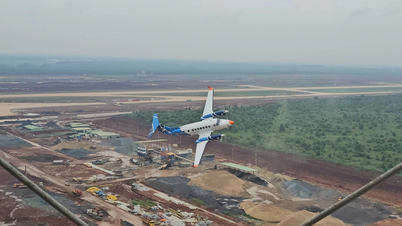
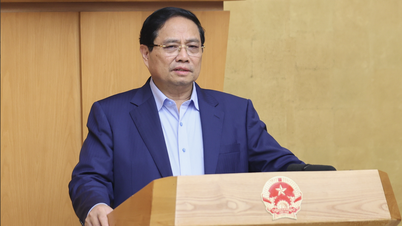
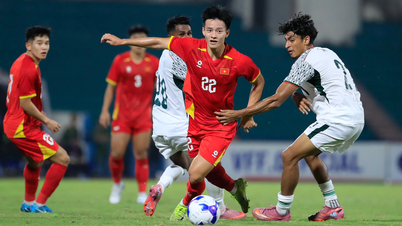
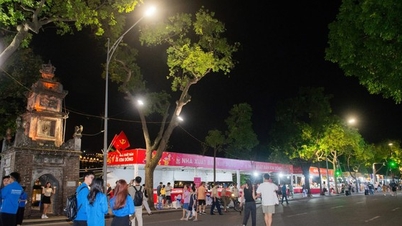

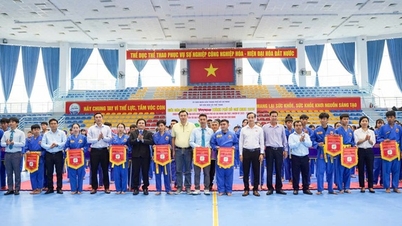
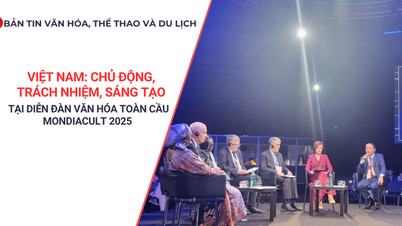
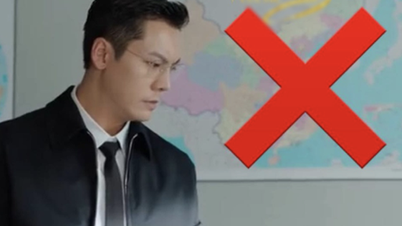
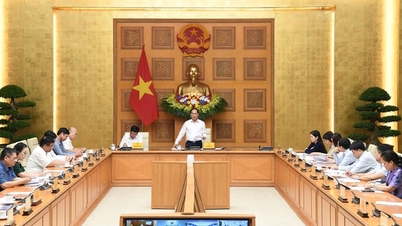

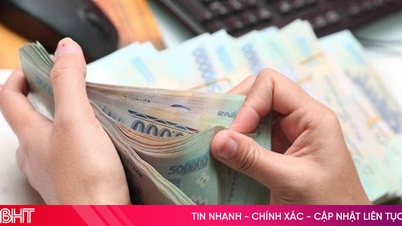

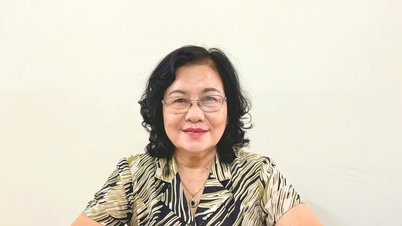


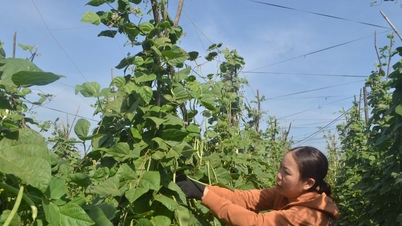
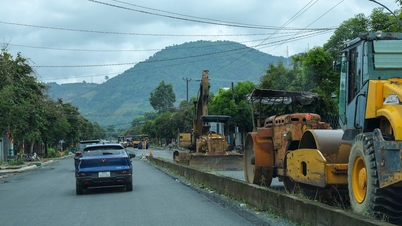
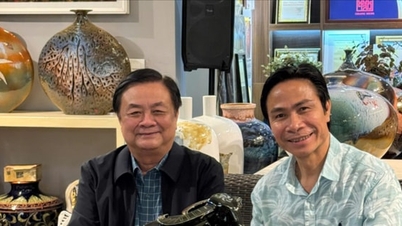

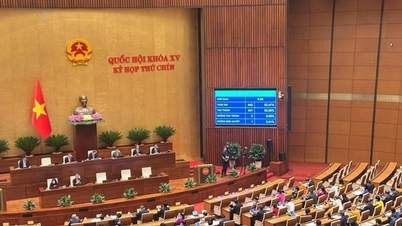










Comment (0)